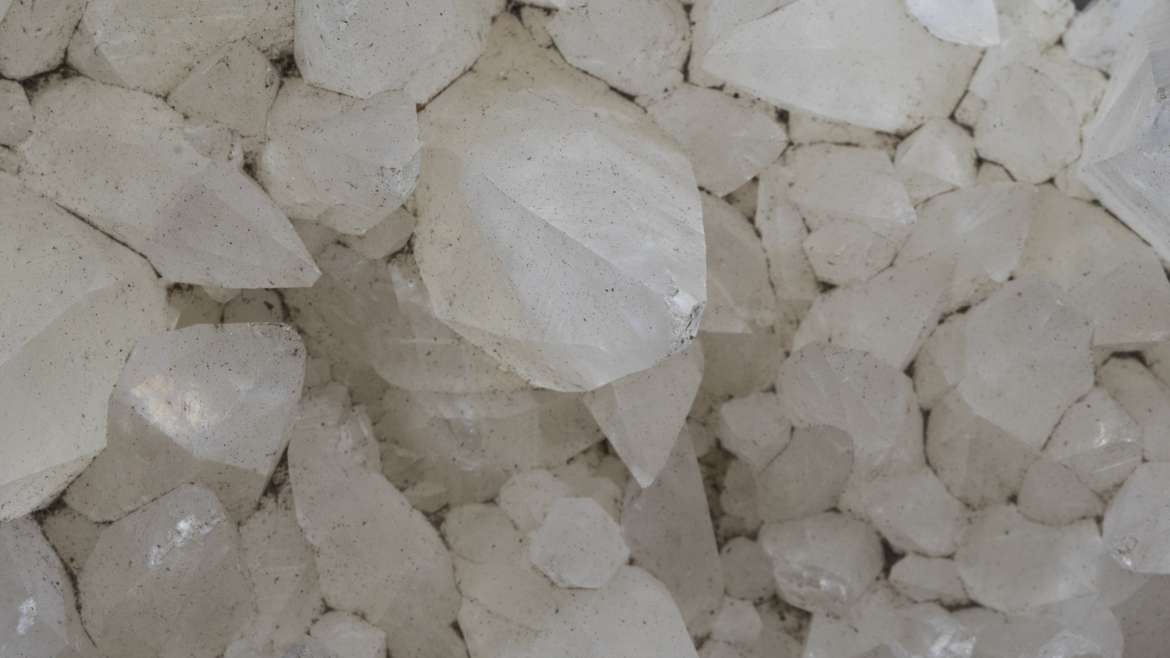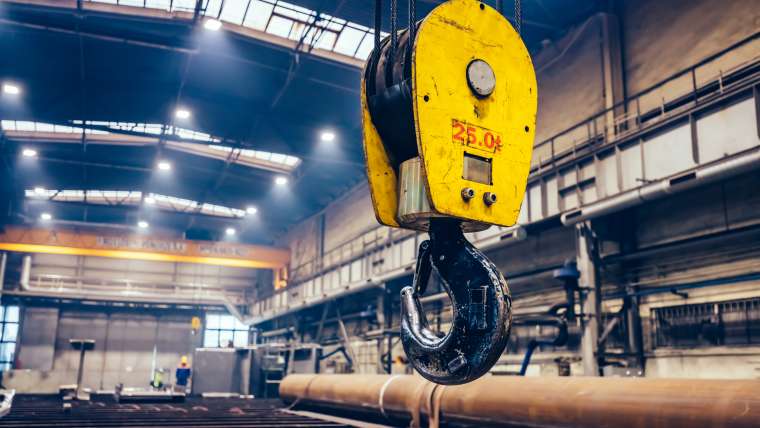Thousands of workers are exposed to a shocking number of chemicals and hazards every day. Thankfully, due to the increase in implementation of worker safety through courses, onsite training, and PPE (personal protective equipment), the number of workplace accidents and the level of exposure to harmful substances continues to decrease. However, it is not only workers who need to be cautious of potential chemical exposure. Chemicals are all around us and can be found in some materials we use and are surrounded with every day. Crystalline silica or silica dust is an example of a very toxic chemical that is found in many common materials like sand, concrete, brick, stone, and mortar.
What is Silica Dust?
Crystalline silica, also known as silicone dioxide or quartz is a class D2A WHMIS hazard. This chemical is a very toxic carcinogen. Silica is difficult to detect as it presents in the form of colorless and odorless crystals. When breaking down materials that contain crystalline silica (ie. drilling concrete, sanding stone, cutting brick), the silica can become airborne creating harmful silica dust which can lead to lung cancer or other serious problems.
Where is Crystalline Silica Found?
Occupations involved with mining, construction, oil and gas, fabrication, and manufacturing are at high risk for exposure to silica dust as silica is found in sand, stone, soil, brick, and concrete. Other common products that contain quartz that can affect the public include cleaners, makeup, adhesives, soaps, cat litter, caulk, paint, clay, and much more.
Why is Silica Dust Dangerous?
Silica dust is dangerous as it is not only very toxic, but with prolonged exposure, it can begin to deteriorate your lungs and can also cause cancer. Lung disease acquired from inhaling small particles of silica is known as silicosis. When inhaled over a long period of time you may begin to see symptoms such as shortness of breath, ongoing cough, and weight loss. If you notice these symptoms and you work with or around silica, this is your sign to make a change, and take the proper steps to protect yourself before further damage can occur.
What You Can Do To Protect Yourself Against the Dangers of Silica?
Luckily there are more than a few ways you can limit your exposure to silica. The first step always when you know you will be working with silica is to ensure the proper handling and storage of the material. You should only be working with crystalline silica if and when you have received the proper Crystalline Silica Hazard Awareness training. When storing, ensure that there are only minimal amounts of crystalline silica on hand and keep them stored in a closed container separate from other conflicting materials. Like most WHMIS hazards, a good way to protect yourself from hazardous materials is with the proper use of PPE. Goggles paired with full-length clothing and a face mask are optimal for protecting against airborne silica. Another important measure you can take when working with silica dust is to ensure that there is proper exhaust ventilation to control the concentration in the air.
For more information on protective clothing for chemicals and how to find the proper protection for the job, you can read more at: https://www.ccohs.ca/oshanswers/prevention/ppe/gloves.html
For more information on crystalline silica, or quartz in general you can visit: https://www.ccohs.ca/oshanswers/chemicals/chem_profiles/quartz_silica.html
Resources:
https://www.cdc.gov/niosh/topics/silica/default.html
https://www.ccohs.ca/oshanswers/chemicals/chem_profiles/quartz_silica.html
https://www.cancer.gov/about-cancer/causes-prevention/risk/substances/crystalline-silica#:~:text=What%20is%20crystalline%20silica%3F,quartz%20being%20the%20most%20common.
https://www.lung.org/lung-health-diseases/lung-disease-lookup/silicosis#:~:text=Silicosis%20is%20a%20type%20of,such%20as%20construction%20and%20mining.




